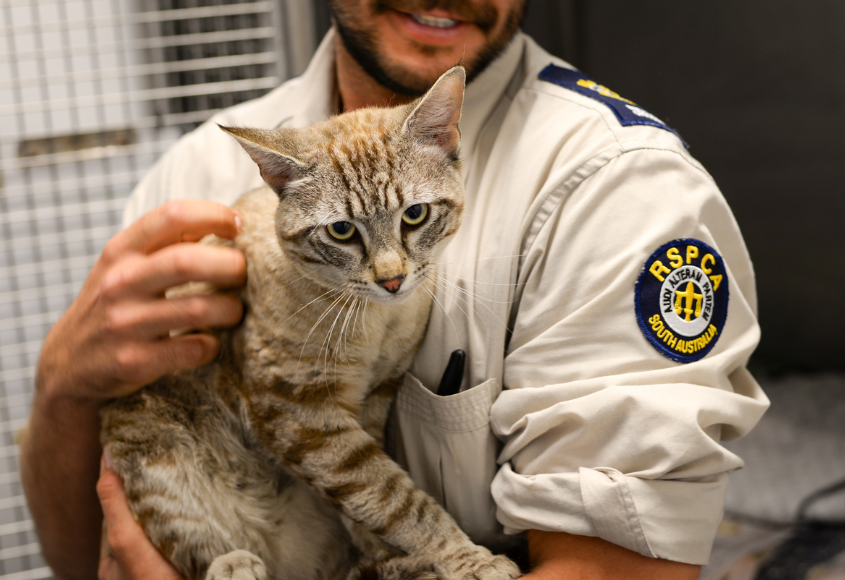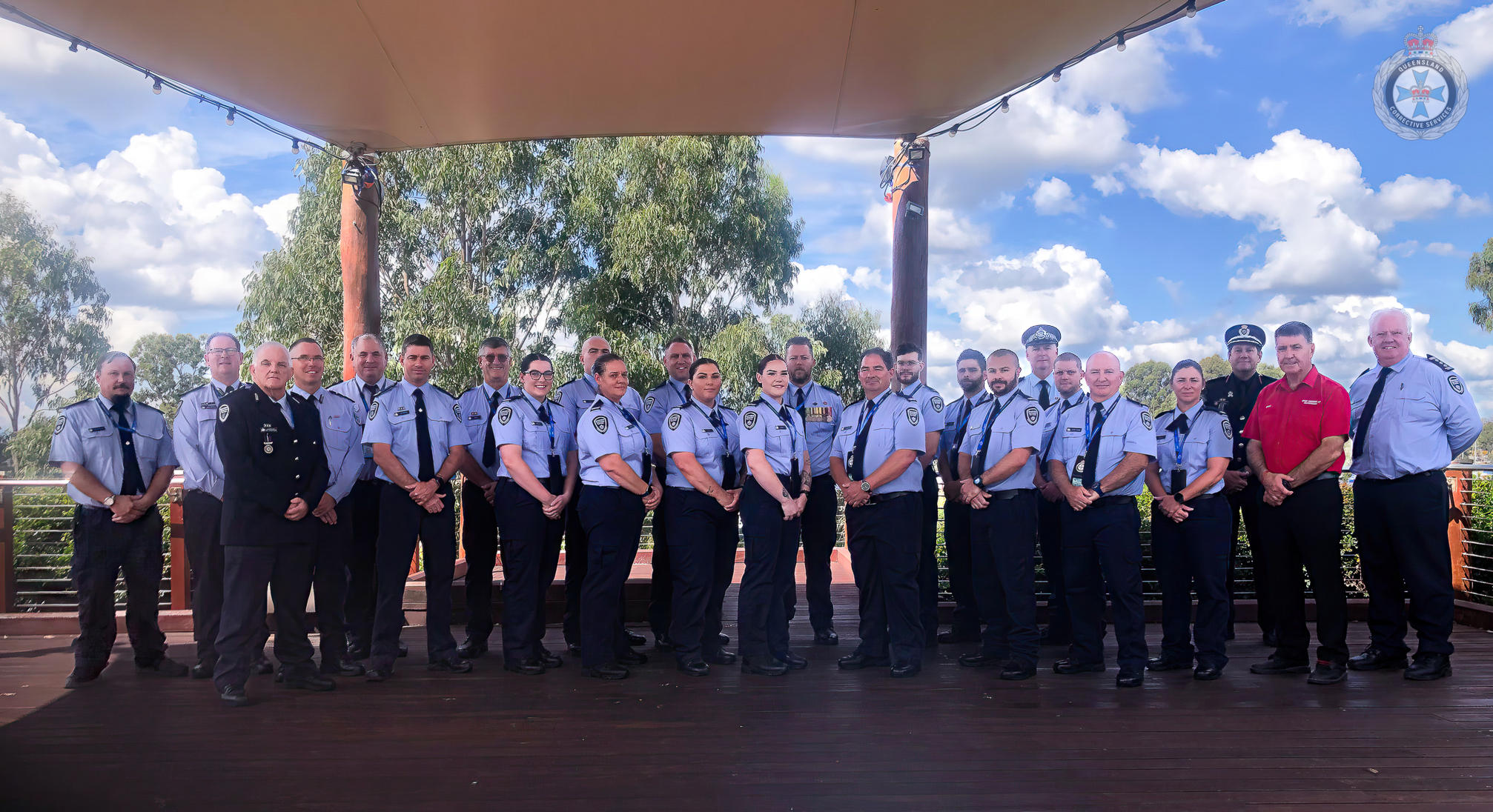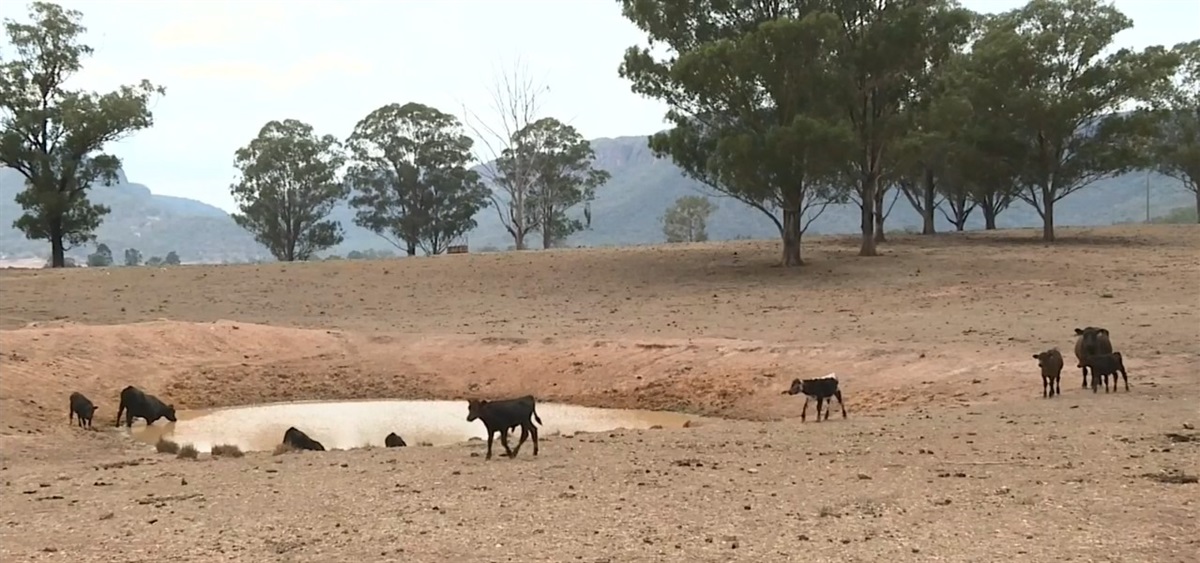Released today, summer visitor data, from some of the DOC’s top visitor sites, shows another big season despite an overall slowing in international visitor growth.
“Magnificent places such as Aoraki will always draw New Zealanders and international visitors in large numbers,” says Eugenie Sage.
“With more people wanting to connect with this Tōpuni site, DOC has worked to make sure facilities are adequate, visitors have a safe, high-quality experience, and the outstanding natural and cultural values of the national park are protected.”
Since 2010, DOC has invested over $16.5 million in visitor facilities within the national park including a new visitor centre, road improvements, tracks, and more toilets. An estimated $122,000 was also spent to repair the popular Hooker Valley Track after extreme weather damage in March.
Alongside this, DOC continues to increase New Zealand’s conservation effort through targeted biodiversity work and ambitious collaborative projects including Predator Free 2050 and Te Manahuna Aoraki.
“The New Zealand-Aotearoa Tourism Strategy launched today provides for the Government to take a more active and coordinated approach to tourism to make sustainability a core value and mitigate the industry’s impacts,” says Eugenie Sage.
“To protect the nature and maintain high-quality visitor experiences, DOC is focused on planning for future growth; sharing the stories of our heritage; and doing more effective compliance work.”
Currently, around 3.9 million New Zealanders, roughly 80% of the population, visit public conservation areas (from national parks to marine reserves) at least once a year, alongside around 1.8 million international visitors.
“It’s not just the number of visitors but the rapid rate of growth in those numbers that has put pressure on some of New Zealand’s most iconic places,” says Eugenie Sage.
“International visitor arrivals to New Zealand have grown by 43 percent in the last five years. Visits to Otago’s Blue Pools are estimated to have risen from 3,400 to 102,000 in just three years. Visits to Ben Lomond Track have just about doubled in that time. This year, while visitor numbers are still on the increase, there has been a general slowing of international visitor growth.”
In the year ending January 2019 compared with January 2018, overseas visitor arrivals were up 150,000 (4%) to a total of 3.8 million. The estimated growth rate for international visitors to national parks is a little higher at 9%.
This slowing of visitor growth is reflected at several key conservation areas. Milford Sound (840,000 visits) and Franz Josef (759,000 visits) have both seen 3% growth compared with the previous year and Tongariro Alpine Crossing 1% (142,500 visits).
Places that bucked this trend of lower visitor growth compared to last year are Rakiura/Stewart Island’s Ulva Island increasing by 76% (17,000 visits) and Northland’s Tane Mahuta Walk up by 44% (152,000 visits).
“With these increased visitor numbers, a major part of the Government’s proactive approach to managing tourism is to encourage visitors to enjoy and respect New Zealand,” says Eugenie Sage.
“DOC’s ‘Visit the Kiwi way’ campaign highlighted the need to have as little impact as possible on wild spaces and natural areas. The campaign reached over 3.4 million cumulative screens and its simple, inclusive approach was well-received by the public.”
“The soon-to-be implemented International Visitor Conservation and Tourism Levy will help ensure tourism contributes to protecting and restoring nature which we all depend on,” says Eugenie Sage.
Background
- DOC is focused on restoring New Zealand heritage through collaboration, in particular with iwi, and proactively managing growing numbers of visitors to the outdoors.
- DOC is committed to ensuring our natural and historic heritage isn’t put at risk by increasing use and people continue to have rewarding and safe experiences.
- DOC invested an extra $3.6 million in 2018/19 to maintain facilities on public conservation land. This included cleaning toilets, dealing with toilet waste, track maintenance and compliance.
- In the past three financial years, DOC has invested more than $42.4 million in capital expenditure to improve visitor assets including roads, toilets, car parks, and campsites.








